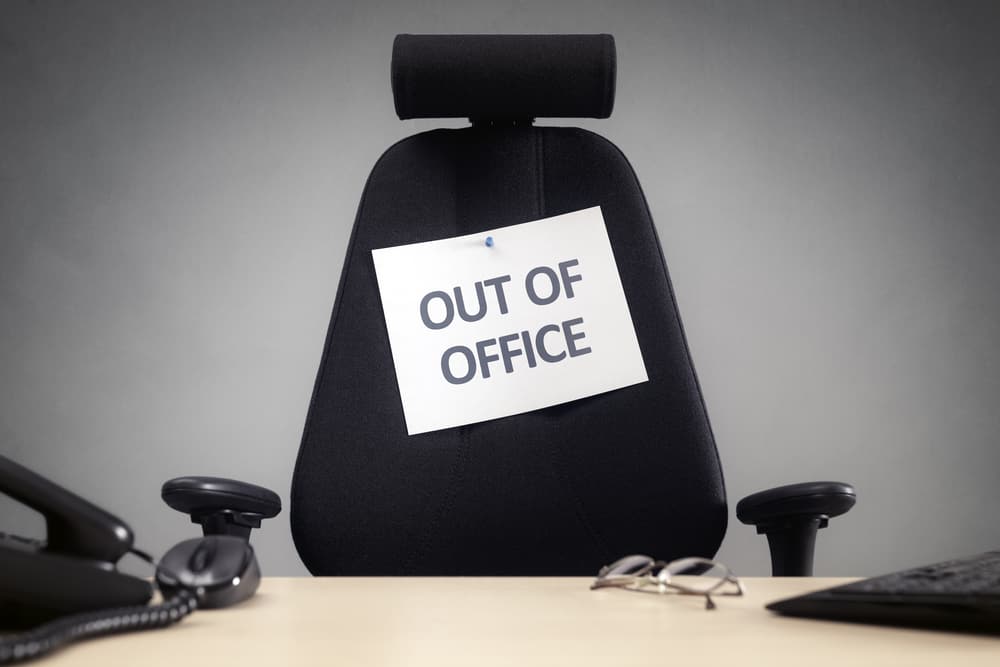Navigating The Workforce as a Chronically Ill Person
CONTENT NOTE: brief mention of medicalized diet culture, brief mention of menstruation, ableist workplace discrimination
.
.
.
.
.
.
.
.
.
.
.
.
.
.
.
I was diagnosed with hypertensive heart disease the year I turned 16. It didn’t come as a surprise that I would be hypertensive—my genetic makeup on both sides had pretty much sealed my fate. What was surprising was how early my diagnosis came. I remember, like it was yesterday, the shock on the nurse’s face as she looked from me to the blood pressure monitor and back again.
“You’re going to have to put some lifestyle changes in place,” my doctor told me after my diagnosis, listing out things I could and couldn’t do, and things I should and shouldn’t eat. They went in one ear and flew out the other. I would make my way to university two years later, falling ill in the most violent of ways at least once every month. And every time I returned to campus, looking paler than when I left, I’d say “Oh it was nothing! I’m fine!” when faced with “How are you doing?”
At 25, I realized that I was too old to be lying. I didn’t stop; instead, I started to ration my lies—I would only tell three lies every week, forced to be honest about my well-being after exhausting my weekly lie quota. But it was also the year that my PCOS manifested. I’d been diagnosed at 18 but, until 25, it meant nothing more than irregular periods.
It was the year I would understand what it meant to be torn apart by pain. The kind that comes without warning, without meaning. Every day as I sat in my gynecologist’s office, arriving straight from the courtroom with my lawyer’s wig and gown in my velvet bag, I knew I might never sincerely answer the question of how I’m doing because the real answer, the honest answer was that pain was constantly ripping through me, and it was taking everything I had to keep from falling apart.
It was my first year working as a lawyer, and I desperately wanted to “get it.” It’s not just the brilliance needed to do my job, but also all the social and networking skills needed to climb the corporate ladder. That meant showing up and showing out; on most days, I was in too much pain to do either.
Not long after I mastered the pain management techniques for PCOS, I was diagnosed with high cholesterol. My blood pressure readings, announced by the machine, indicated “mild hypertension.” To make my medication more effective, my physician rotated my dosage. Where before, I took my prescribed dose of statin and channel blockers in the evenings, I had to switch to mornings. But taking the medication in the evenings had shielded me from the worst of the side effects. With the switch, I would spend most of the day sleepy, dizzy, and miserable enough to wish for a broken arm so I could have a “real” reason to act as sick as I felt.
Globally, approximately one in three adults lives with at least two chronic diseases. Many of them, like me, struggle to navigate a work-life-illness balance.
“The thing about the brand of chronic illnesses that [do not manifest in a way apparent or understandable to others] is the explanations you have to give for why you do not feel well,” Zuwaira Bala*, who has sickle cell disease, shared.
Bala was diagnosed with the condition when she was three. In her first job after school, she worried about informing her employer about her condition because she knew that it could affect how she would be regarded.
“I did not want to be seen as someone who might not show up for her team in the moments that matter,” she says. But, after a sickle cell crisis that had her out of the office for over a week, she informed her supervisor.
“He seemed cool with it at first but, with every break I took, his attitude towards me changed.”
Bala currently works as a journalist. “As a journalist, I am required to do some fieldwork. But heat is one of my triggers and sometimes, in spite of any precautions I might take, I still end up with a crisis. So, on days when there is a possibility of a crisis occurring, I inform my employer that I cannot go out. But my disease is not [a typical physical disability] and passing on a job would require explanation,” she said. “But I am also very private about my disease, and have been called lazy and incompetent a few times as a result.”
Laura Rowe is a 39-year-old wellness coach living with fibromyalgia, hypothyroidism, mast cell activation syndrome (MCAS), postural tachycardia syndrome (POTS), and chronic migraines. She’s also a cancer survivor. She worked in the National Health Service (NHS) in the UK, operating theaters as an Operating Department Practitioner.
“I left that role due to my health,” Rowe says, “I had to take lots of time off for long periods of sickness. The pressures of the role and the stressful working environment was having a negative impact on my physical health.”
Rowe’s employers were aware of her illnesses, as many diagnoses were received during her employment. “They were supportive to a degree, making any necessary adaptations needed to support me in my everyday role. However, it was made clear on many occasions that my sickness was an inconvenience.” She explains, “The stress, anxiety, and constant worry over my employment were not a healthy environment for my condition. My mental and physical health was at rock bottom when I finally left.”
Rowe now works for herself, using her chronic illnesses as teachable moments to highlight the importance of looking after mental and physical health. “I’m able to schedule my workload to suit my needs. I’m more productive and the healthiest I’ve been in years thanks to the reduced stress [from] worry that I may lose my job…I’m able to work at a pace and consistency that promotes my wellness. I take regular breaks and start my day with meditation so that my mental wellness is looked after, too. If I do have a difficult flare-up, I am able to reschedule appointments.”
These allowances were missing in Rowe’s previous job and Bala’s previous and current jobs. It is currently absent from mine. Chronically ill people who are able to work, like us, constantly have to navigate the workforce, soldiering through pain and all the other effects of our conditions with little to no consideration.
As the future of work continues to evolve, particularly in the midst of a global pandemic, conversations about the future of work for people living with chronic illnesses must be prioritized. The global workforce found many innovative solutions for managing employee productivity for the aberrant working conditions caused by COVID-19. Yet supporting employees living with chronic conditions still poses a challenge—an unwelcome challenge in a society still greatly influenced by ableism.
Approaches such as hybrid or remote-only work options, digital collaboration, and tracking performance and productivity (as opposed to tracking employee hours) have proven to make workplaces more accessible to, and inclusive of, people living with chronic illnesses.
In the face of this, the constant “otherization” of chronically ill people in the workplace seems to stem from a lack of understanding or empathy rooted in ableism—the kind that fuels remarks like “Chronically ill people need to give advance notice for the days they will be unavailable.” But perhaps I speak for all chronically ill people when I say, “We don’t know what kind of day we’ll be having yet.”
*Names have been changed, at the request of the parties, to protect their identities.
About Rooted In Rights
Rooted in Rights exists to amplify the perspectives of the disability community. Blog posts and storyteller videos that we publish and content we re-share on social media do not necessarily reflect the opinions or values of Rooted in Rights nor indicate an endorsement of a program or service by Rooted in Rights. We respect and aim to reflect the diversity of opinions and experiences of the disability community. Rooted in Rights seeks to highlight discussions, not direct them. Learn more about Rooted In Rights



